Ephesus 2 – Silk Carpets, Turkey 11 – 5/2014
Persian carpets have been treasured for centuries. Once when I was visiting a small village in a remote area of Iran I remember watching a young girl, maybe she was 12 or 13, sitting on a dirt floor in a small room, nearly in the dark because there was no electricity. She was painstakingly weaving on a loom, one thread at a time, carefully tying a knot and then trimming it to the correct length. I could already see the beautiful pattern she was creating but I guessed at the time it would take her a couple more years to finish the relatively small carpet.
Carpets are traditionally made in villages by family groups of women who work in their homes with primitive looms that lie on the floor and just three tools: scissors, a comb and a knife with a hooked blade. Most of the designs are created from memory and have been passed down to each generation from mother to daughter.
While many beautiful carpets have been produced throughout Central Asia including Iran, Afghanistan, Turkmeni-stan, Uzbekistan, Tajikistan, Kyrgyzstan, etc. the tribes in the area we now call Turkey also must have been among the weaving masters, creating beautiful works of art from wool long before the magic material called silk came across the mountains on the Silk Road from China.
When silk was discovered in China, it was used primarily for cloth. Silk carpet making was not a Chinese tradition. It was born of wool weaving done by Central Asian nomadic tribes. Separated by huge land barriers; deserts and mountains; different techniques evolved.
During our recent stop in Selçuk near the ruins of Ephesus, we were fortunate to be invited to visit the wonderful Carpetium Manufacturing showroom and weaving school. It was a fascinating experience to see the process of weaving silk, starting with the unraveling of the cocoon and going all the way to the finished product. While one can argue that silk carpets are better than wool, both greatly depend on the quality of material and skill of the weaver. Silk carpets are often lighter and more detailed because of the nature of the delicate strands of silk thread they are made with.
Part of the function of Carpetium Carpet Manufacturing is not only to produce beautiful carpets but also to teach artists the special techniques that result in masterpieces. A few students were working at their looms. Many of the carpets on display were worth thousands of dollars. Some were priceless. Among other things, quality is in part judged by the number of threads per square inch. Assuming that an experienced weaver can do 360 knots per hour, it takes 2 years to complete a 1,000-knot per square inch 3′ x 5′ size silk rug.
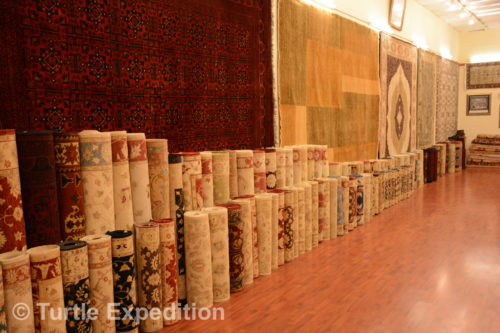
The Carpetium Carpet Manufacturing store had hundreds of carpets of all sizes and price ranges to choose from.
The difference between a machine-made rug and a hand woven rug is that its fringe is attached after the rug is manufactured rather than being an integral part of the rug. You also can pull individual threads from the pile because a machine-made rug doesn’t have knots.
The following photos may give you an idea of the difference between a $35 “Persian” throw rug at Kmart and a $3,000 carpet from Turkey or any of the Asian nations.
- A straw broom is used to catch the silk threads as they began to unravel from the cocoons.
- Monika took a lesson on how to catch the silk threads from the cocoons. A single thread from one cocoon can be a mile long.
- The cocoons are placed in a hot water bath to kill the insect and release the thin strands of silk.
- Spools and hanks of raw silk are ready for the next step.
- These hanks (also called skeins) of raw silk may be waiting to be dyed.
- Complicated designs like this require hundreds of thousands of individual threads, each secured with a knot and trimmed.
- Periodically, the knotted strands of silk are tamped down with a comb-like tool to tighten the wave.
- Artists draw detailed patterns that the weaver can follow.
- Hundreds of beautiful carpets and wall hangings are on display and sold at the Carpetium Carpet Manufacturing showroom.
- It is hard to imagine the thousands of hours it takes to wave masterpieces like these.
- The Director of Carpetium was kind to show us this small carpet. Due to its thread count and detail, the price was over $30,000. Zoom in for more detail.
- The rich colors of the dyed silk are part of what makes these carpets so beautiful.
-
Would you really want to walk on a carpet this amazing?
Zoom in for more detail.
- Custom designs can be ordered. We didn’t even ask the price.



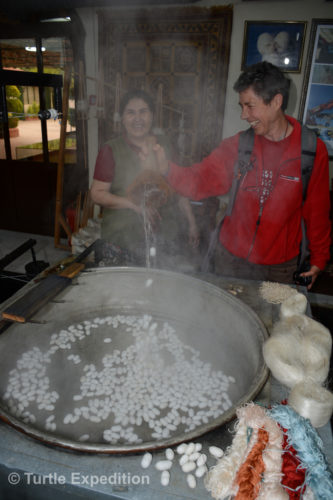
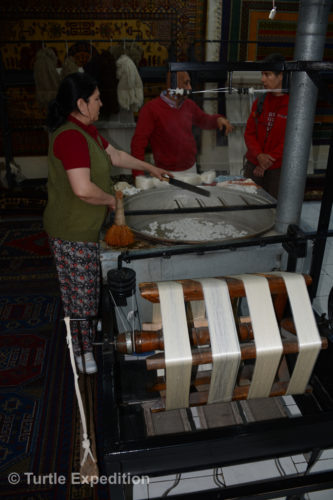
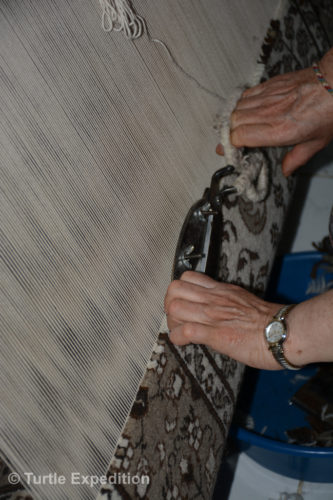
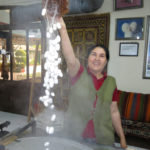
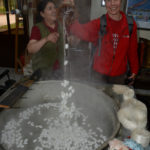
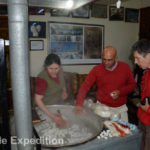
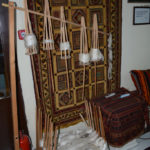
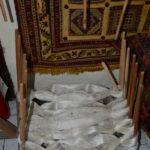
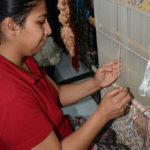
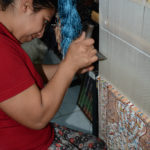
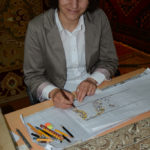
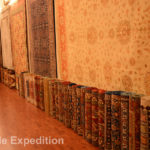
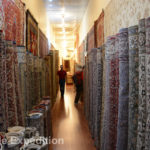
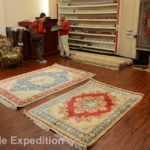
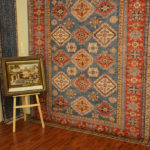
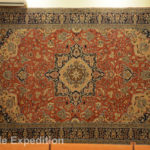
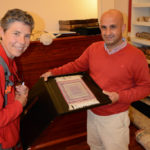
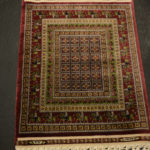
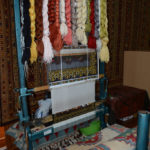
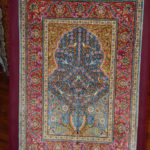
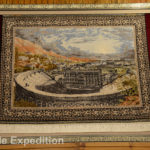
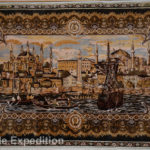





{Once when I was visiting a small village in a remote area of Iran I remember watching a young girl, maybe she… https://t.co/WJL4sUsY0L
Rafael D’ Armas liked this on Facebook.
Paul Young liked this on Facebook.
Matt Frick liked this on Facebook.
Tony Esposito liked this on Facebook.
Gene Yagley III liked this on Facebook.
Hüseyin Avni Tutan liked this on Facebook.
Paul Finney liked this on Facebook.
Lisa Sperling liked this on Facebook.
Nice project, valuable information.
Erdem Önen liked this on Facebook.
Faik Ciftci liked this on Facebook.
Dominik David liked this on Facebook.
Ildo Costa Nunes liked this on Facebook.
Thomas Woodson liked this on Facebook.
Martine Cos liked this on Facebook.
Rankin Jeffries liked this on Facebook.
Taffy Curtaz liked this on Facebook.
Charlie Doll liked this on Facebook.
Douglas Rykerd liked this on Facebook.
Shawn Adams Hartfield liked this on Facebook.
Shannon Davis liked this on Facebook.
Soares Periquito liked this on Facebook.
Marcia Birney liked this on Facebook.
Monika Wescott liked this on Facebook.
Lisa Mockenhaupt Groenewold liked this on Facebook.
Сергей Изотов liked this on Facebook.